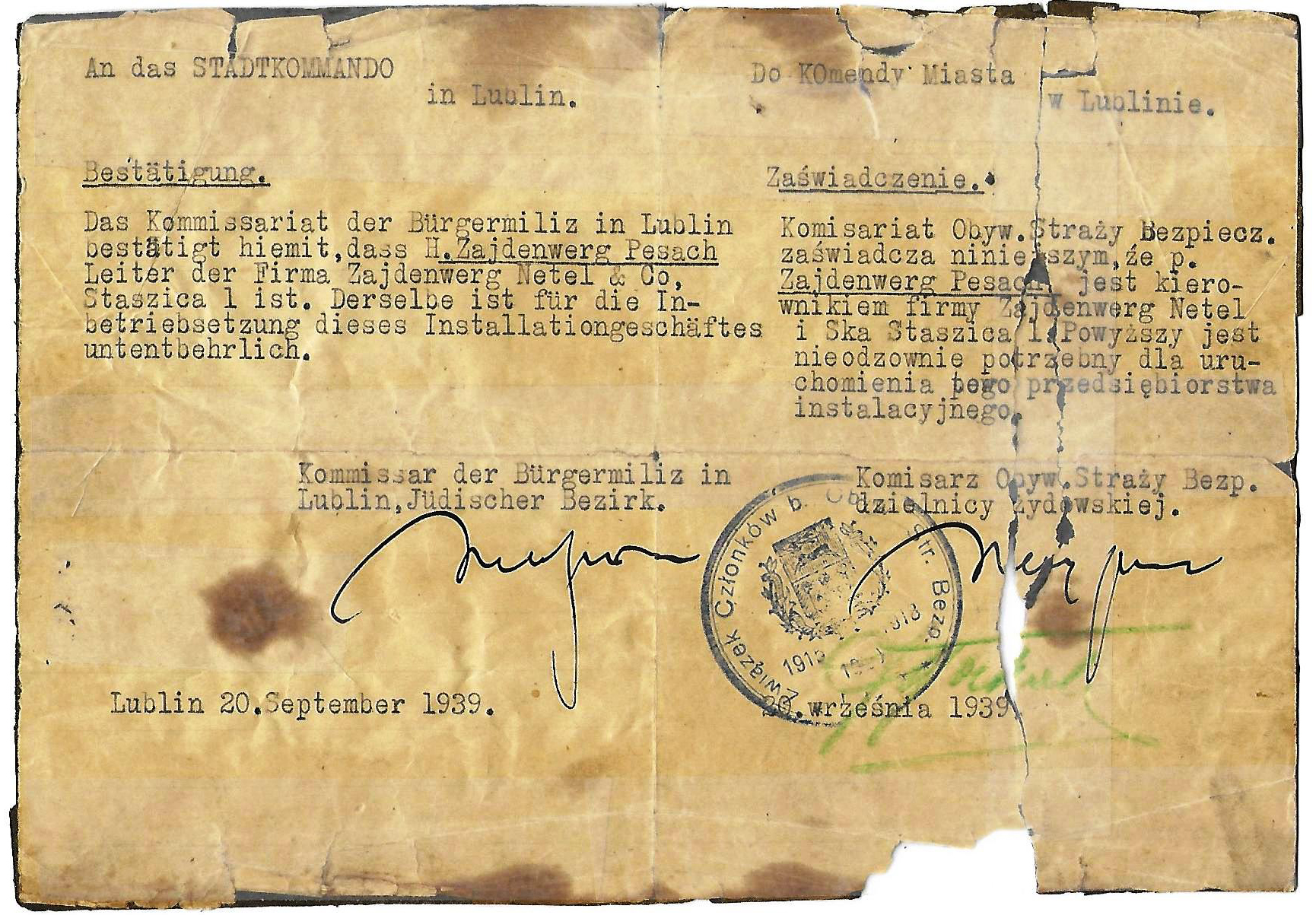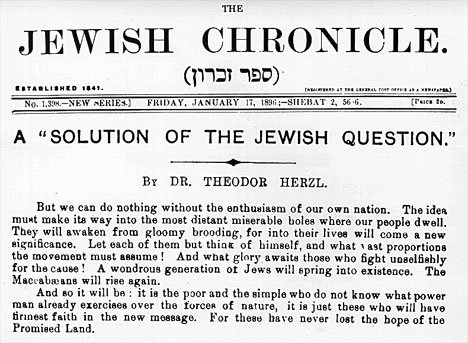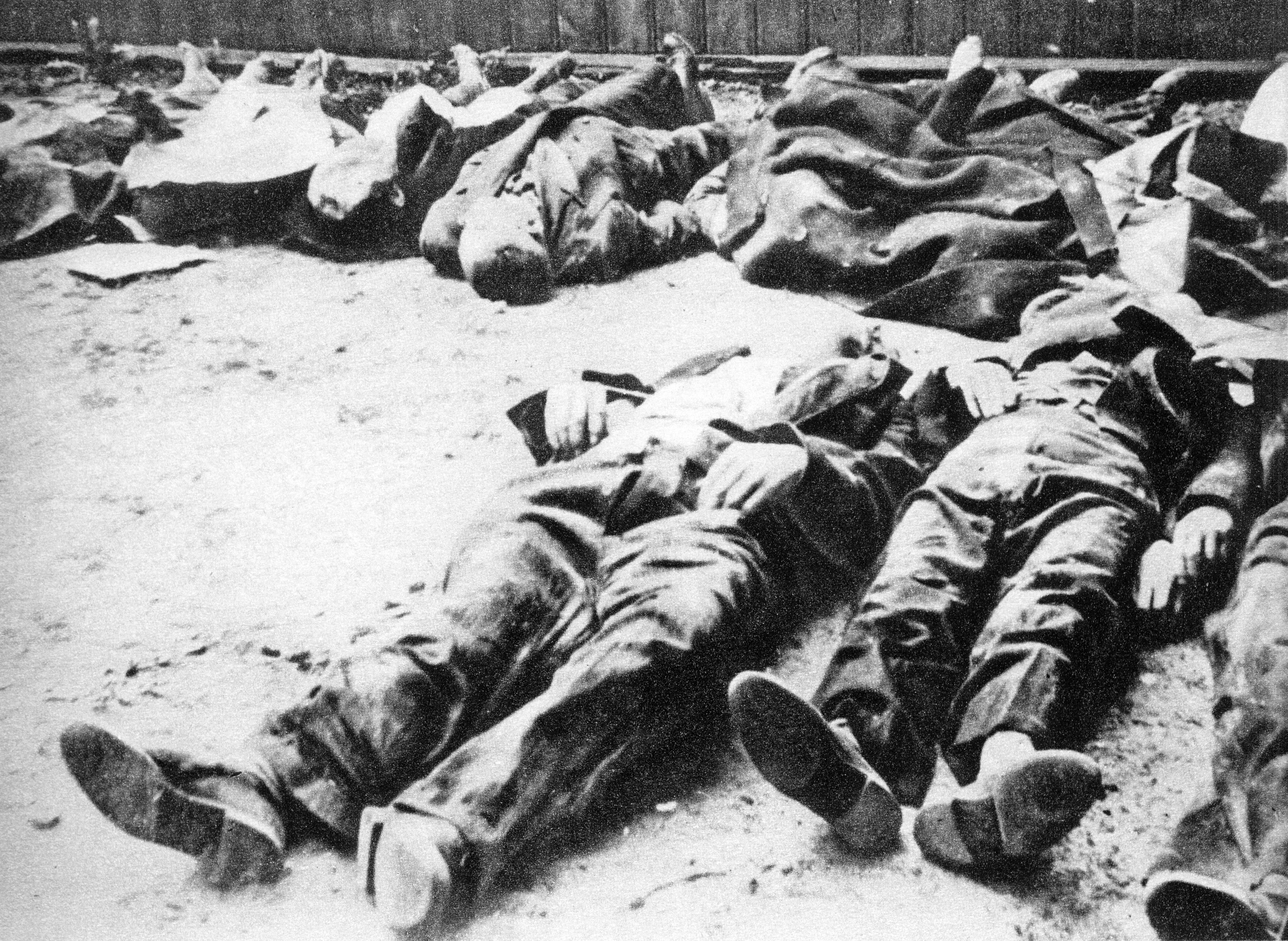|
The Holocaust In The Lublin District
During the Holocaust, 99% of the Jews from Lublin District in the General Governorate of German-occupied Poland were murdered, along with thousands of Jews who had been deported to Lublin from elsewhere. There were three extermination camps in Lublin District, Sobibor, Belzec, and Majdanek. Background Nisko Plan Ghettoization The ghettoization of the Jews for the purpose of persecution, terror, and exploitation in the Nazi German controlled towns began immediately after the invasion of Poland, and the abandonment of the reservation idea did not influence the overall policy. Christopher R. Browning, ''The Path to Genocide: Essays on Launching the Final Solution.' Cambridge University Press, 1995, pp. 28-30. . The deportations of Jews into sealed urban ghettos continued uninterrupted pending further arrangements. The number of major urban ghettos established in the General-Government in 1939–40 including those of Kraków and Warsaw, reached one hundred before the end of th ... [...More Info...] [...Related Items...] OR: [Wikipedia] [Google] [Baidu] |
Lublin Ghetto
The Lublin Ghetto was a World War II ghetto created by Nazi Germany in the city of Lublin on the territory of General Government in occupied Poland. The ghetto inmates were mostly Polish Jews, although a number of Roma were also brought in.Doris L. Bergen ''War & Genocide: A Concise History of the Holocaust'' Rowman & Littlefield, 2002, pg. 144. . Set up in March 1941, the Lublin Ghetto was one of the first Nazi-era ghettos slated for liquidation during the most deadly phase of the Holocaust in occupied Poland.Lawrence N. Powell, ''Troubled Memory: Anne Levy, the Holocaust, and David Duke's Louisiana'', UNC Press, 2002, pg. 12/ref> Between mid-March and mid-April 1942 over 30,000 Jews were delivered to their deaths Holocaust train, in cattle trucks at the Bełżec extermination camp and additional 4,000 at Majdanek.The statistical data compiled on the basis o "Glossary of 2,077 Jewish towns in Poland" by '' Virtual Shtetl'' Museum of the History of the Polish Jews , as ... [...More Info...] [...Related Items...] OR: [Wikipedia] [Google] [Baidu] |
Nazi Extermination Camps
Nazi Germany used six extermination camps (german: Vernichtungslager), also called death camps (), or killing centers (), in Central Europe during World War II to systematically murder over 2.7 million peoplemostly Jewsin the Holocaust. The victims of death camps were primarily murdered by gassing, either in permanent installations constructed for this specific purpose, or by means of gas vans. The six extermination camps were Chełmno, Belzec, Sobibor, Treblinka, Majdanek and Auschwitz-Birkenau. Auschwitz and Majdanek death camps also used extermination through labour in order to kill their prisoners. The idea of mass extermination with the use of stationary facilities, to which the victims were taken by train, was the result of earlier Nazi experimentation with chemically manufactured poison gas during the secretive Aktion T4 euthanasia programme against hospital patients with mental and physical disabilities. The technology was adapted, expanded, and applied in wartime ... [...More Info...] [...Related Items...] OR: [Wikipedia] [Google] [Baidu] |
Madagascar Plan
The Madagascar Plan was a plan to forcibly relocate the Jewish population of Europe to the island of Madagascar which was proposed by the Nazi German government. Franz Rademacher, head of the Jewish Department of the German Foreign Office, proposed the idea in June 1940, shortly before the Fall of France. The proposal called for the handing over of control of Madagascar, then a French colony, to Germany as part of the eventual peace terms. The idea of re-settling Polish Jews in Madagascar was investigated by the Polish government in 1937, but the task force sent to evaluate the island's potential determined that only 5,000 to 7,000 families could be accommodated, or even as few as 500 families by some estimates. Because efforts by the Nazis to encourage the emigration of the Jewish population of Germany before World War II were only partially successful, the idea of deporting Jews to Madagascar was revived by the Nazi government in 1940. Rademacher recommended on 3 June 19 ... [...More Info...] [...Related Items...] OR: [Wikipedia] [Google] [Baidu] |
French Madagascar
The Colony of Madagascar and Dependencies (french: Colonie de Madagascar et dépendances) was a French colony off the coast of Southeast Africa between 1897 and 1958 in what is now Madagascar. The colony was formerly a protectorate of France known as Malagasy Protectorate. The protectorate became a colony, following Queen Ranavalona III's exile to island of Réunion. In 1958, the colonial administration in Madagascar was abolished, and it became autonomous territory of the French Community as the Malagasy Republic, which existed until 1975. History Background and French protectorate The United Kingdom had been an ally of Madagascar. In May 1862, John Russell, 1st Earl Russell, Britain's foreign secretary instructed Connolly Pakenham that Radama II should keep the country away from foreign powers. In 1882, the French started to occupy much of Madagascar's northern and western territories. In 1883, the Franco-Hova Wars commenced between France and Merina Kingdom, the ... [...More Info...] [...Related Items...] OR: [Wikipedia] [Google] [Baidu] |
Jewish Question
The Jewish question, also referred to as the Jewish problem, was a wide-ranging debate in 19th- and 20th-century European society that pertained to the appropriate status and treatment of Jews. The debate, which was similar to other "national questions", dealt with the civil, legal, national, and political status of Jews as a minority within society, particularly in Europe during the 18th, 19th, and 20th centuries. The debate began with Jewish emancipation in western and central European societies during the Age of Enlightenment and after the French Revolution. The debate's issues included the legal and economic Jewish disabilities (such as Jewish quotas and segregation), Jewish assimilation, and Jewish Enlightenment. The expression has been used by antisemitic movements from the 1880s onwards, culminating in the Nazi phrase of the "Final Solution to the Jewish Question". Similarly, the expression was used by proponents for and opponents of the establishment of an auto ... [...More Info...] [...Related Items...] OR: [Wikipedia] [Google] [Baidu] |
Fall Of France
The Battle of France (french: bataille de France) (10 May – 25 June 1940), also known as the Western Campaign ('), the French Campaign (german: Frankreichfeldzug, ) and the Fall of France, was the German invasion of France during the Second World War. On 3 September 1939, France declared war on Germany following the German invasion of Poland. In early September 1939, France began the limited Saar Offensive and by mid-October had withdrawn to their start lines. German armies invaded Belgium, Luxembourg and the Netherlands on 10 May 1940. Italy entered the war on 10 June 1940 and attempted an invasion of France. France and the Low Countries were conquered, ending land operations on the Western Front until the Normandy landings on 6 June 1944. In ''Fall Gelb'' ("Case Yellow"), German armoured units made a surprise push through the Ardennes and then along the Somme valley, cutting off and surrounding the Allied units that had advanced into Belgium to meet the German armi ... [...More Info...] [...Related Items...] OR: [Wikipedia] [Google] [Baidu] |
Rassenschande
''Rassenschande'' (, "racial shame") or ''Blutschande'' ( "blood disgrace") was an anti- miscegenation concept in Nazi German racial policy, pertaining to sexual relations between Aryans and non-Aryans. It was put into practice by policies like the Aryan certificate requirement,Leila J. Rupp, ''Mobilizing Women for War'', p 125, and later by anti-miscegenation laws such as the Nuremberg Laws, adopted unanimously by the Reichstag on 15 September 1935. Initially, these laws referred predominantly to relations between ethnic Germans (classified, together with most other western Europeans, as "Aryans") and non-Aryans, regardless of citizenship. In the early stages the culprits were targeted informally; later, they were punished systematically and legally. In the course of the ensuing war years, sexual relations between ''Reichsdeutschen'' (ethnic Germans, regardless of place of birth) and millions of foreign ''Ostarbeitern'' ("workers from the East") forcibly brought to Ge ... [...More Info...] [...Related Items...] OR: [Wikipedia] [Google] [Baidu] |
Oskar Dirlewanger
Oskar Paul Dirlewanger (26 September 1895 – ) was a German military officer ('' SS-Oberführer'') who served as the founder and commander of the Nazi SS penal unit "Dirlewanger" during World War II. Serving in Poland and in Belarus, his name is closely linked to some of the most notorious crimes of the war. He also fought in World War I, the post-World War I conflicts, and the Spanish Civil War. He reportedly died after World War II while in Allied custody. According to Timothy Snyder, "in all the theaters of the Second World War, few could compete in cruelty with Dirlewanger". Early life Dirlewanger was born in Würzburg on 26 September 1895. He was the son of a merchant, and spent much of his childhood in Esslingen Am Neckar after his family moved there in 1906. He attended the Esslinger Gymnasium (known today as the Georgii-Gymnasium) and the Schelztor-Oberrealschule. He completed his Abitur in 1913. World War I Dirlewanger enlisted in the Württemberg Army on the 1 O ... [...More Info...] [...Related Items...] OR: [Wikipedia] [Google] [Baidu] |
36th Waffen Grenadier Division Of The SS
, image = File:Dirlewanger Crossed Grenades symbol.svg , image_size = 180 , caption = Symbol of the Division , dates = 1940–45 , country = , branch = Waffen-SS , type = Infantry , role = Bandenbekämpfung (security warfare; literally "combating banditry") , size = Brigade Division , command_structure = , equipment = , nickname = Black Hunters , battles = World War II * Anti-partisan operations in Byelorussia *Warsaw Uprising *Slovak National Uprising The Dirlewanger Brigade, also known as the SS-Sturmbrigade Dirlewanger (1944), or the 36th Waffen Grenadier Division of the SS ( de , die 36. Waffen-Grenadier-Division der SS), or The Black Hunters ( de , Die schwarzen Jäger), was a un ... [...More Info...] [...Related Items...] OR: [Wikipedia] [Google] [Baidu] |
Rescue Of Jews By Poles During The Holocaust
Polish Jews were the primary victims of the German-organized Holocaust in Poland. Throughout the German occupation of Poland, many Poles rescued Jews from the Holocaust, in the process risking their lives – and the lives of their families. Poles were, by nationality, the most numerous persons who rescued Jews during the Holocaust. To date, ethnic Poles have been recognized by the State of Israel as Righteous among the Nations – more, by far, than the citizens of any other country. The Home Army (the Polish Resistance) alerted the world to the Holocaust through the reports of Polish Army officer Witold Pilecki, conveyed by Polish government-in-exile courier Jan Karski. The Polish government-in-exile and the Polish Secret State pleaded, to no avail, for American and British help to stop the Holocaust. The rescue efforts were aided by one of the largest resistance movements in Europe, the Polish Underground State and its military arm, the Home Army. Supported by the Gov ... [...More Info...] [...Related Items...] OR: [Wikipedia] [Google] [Baidu] |






